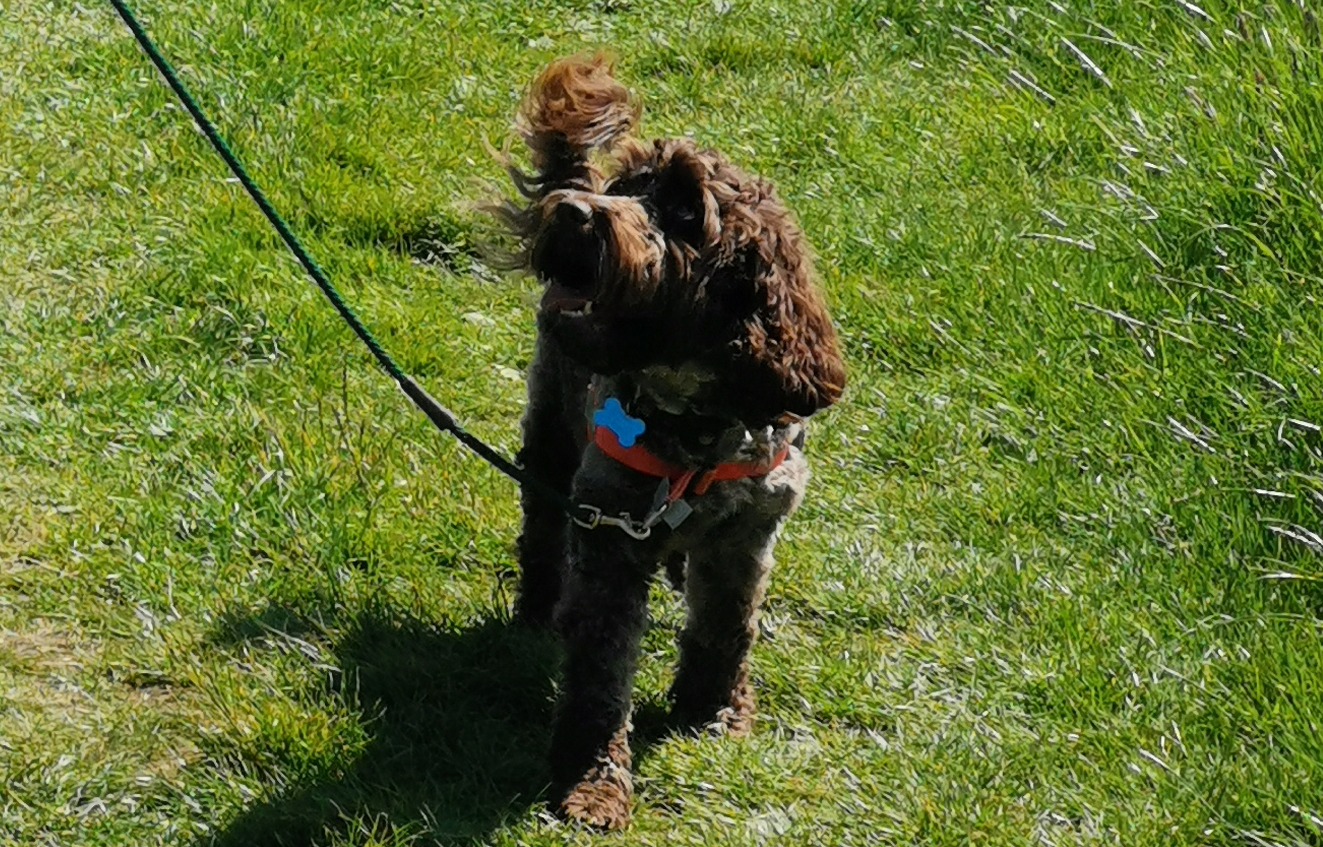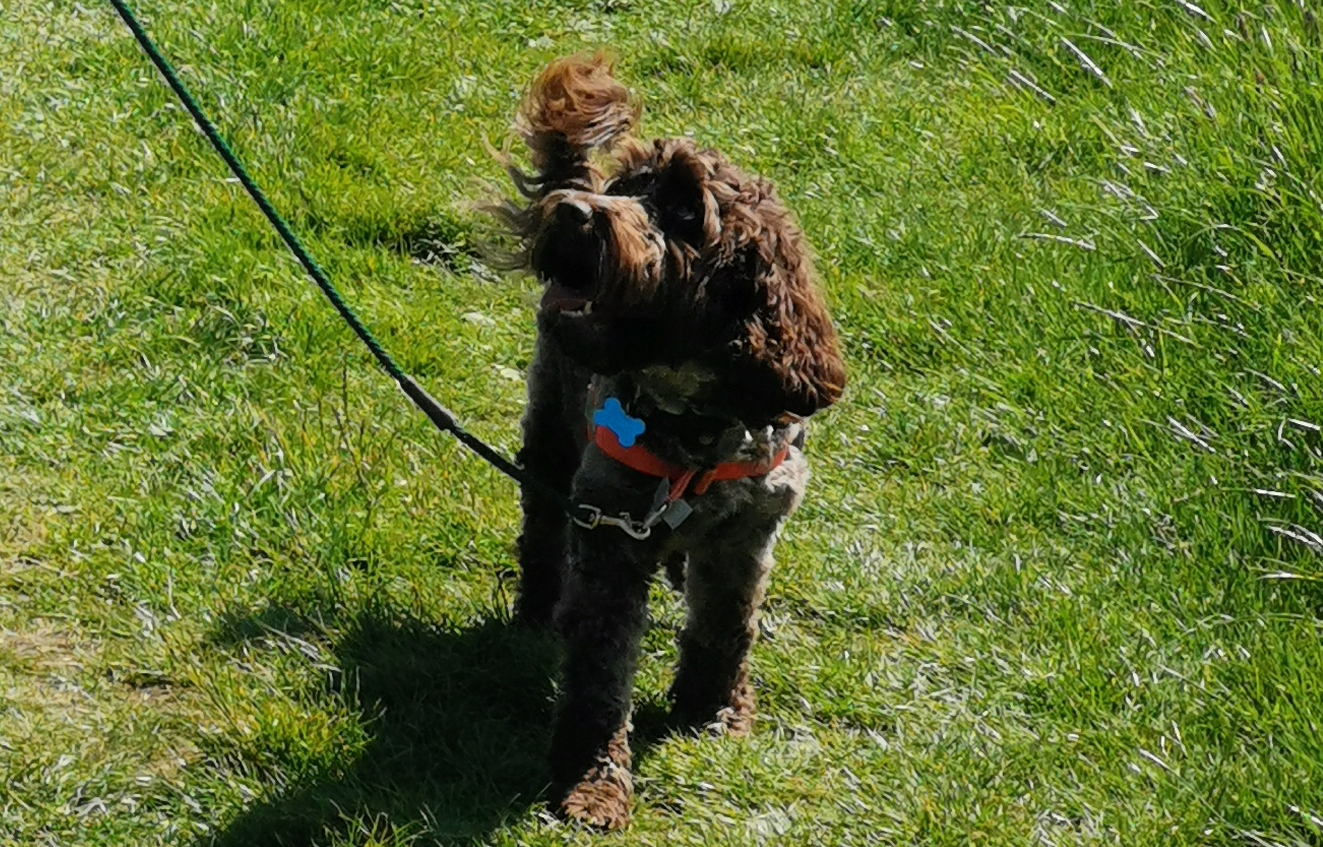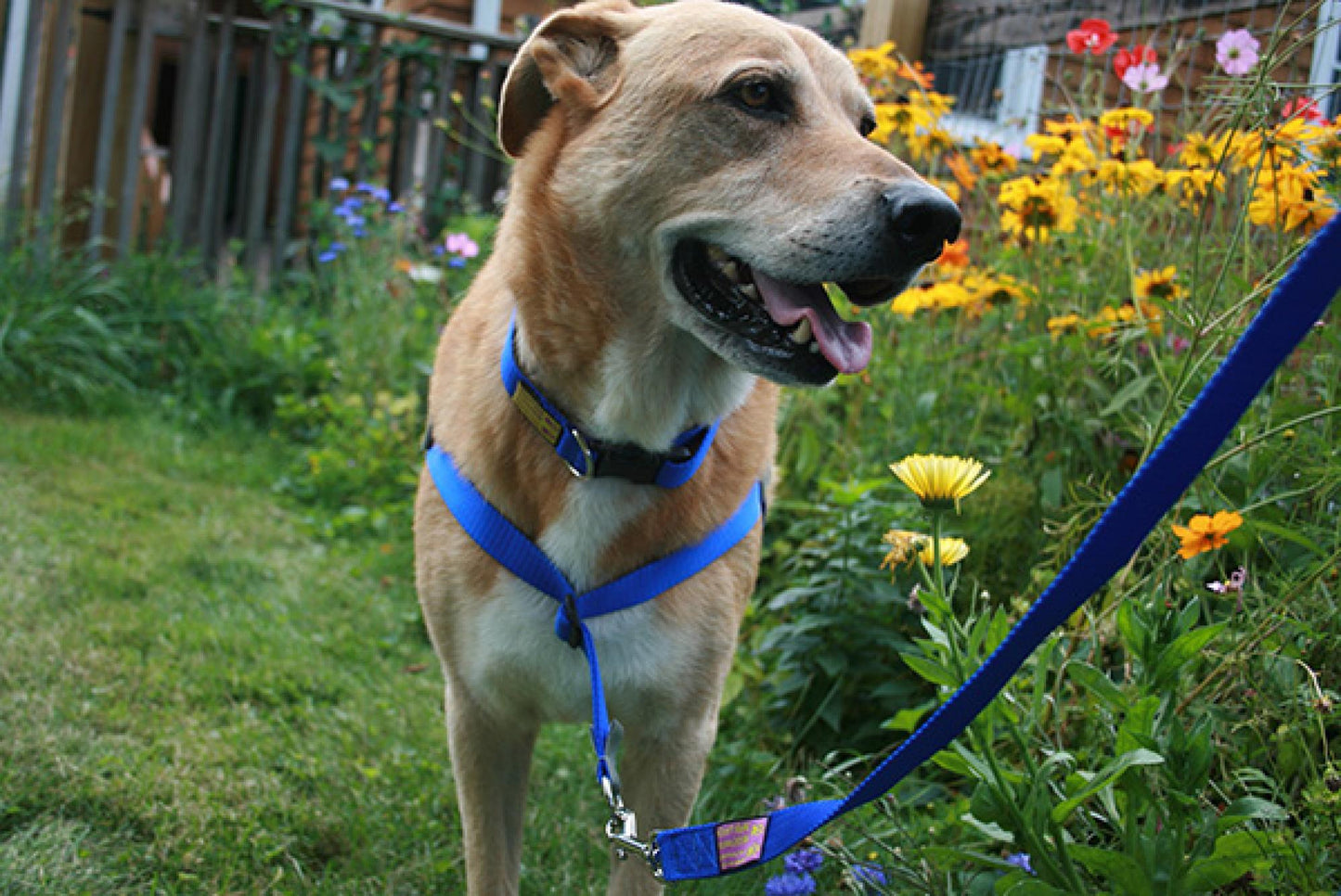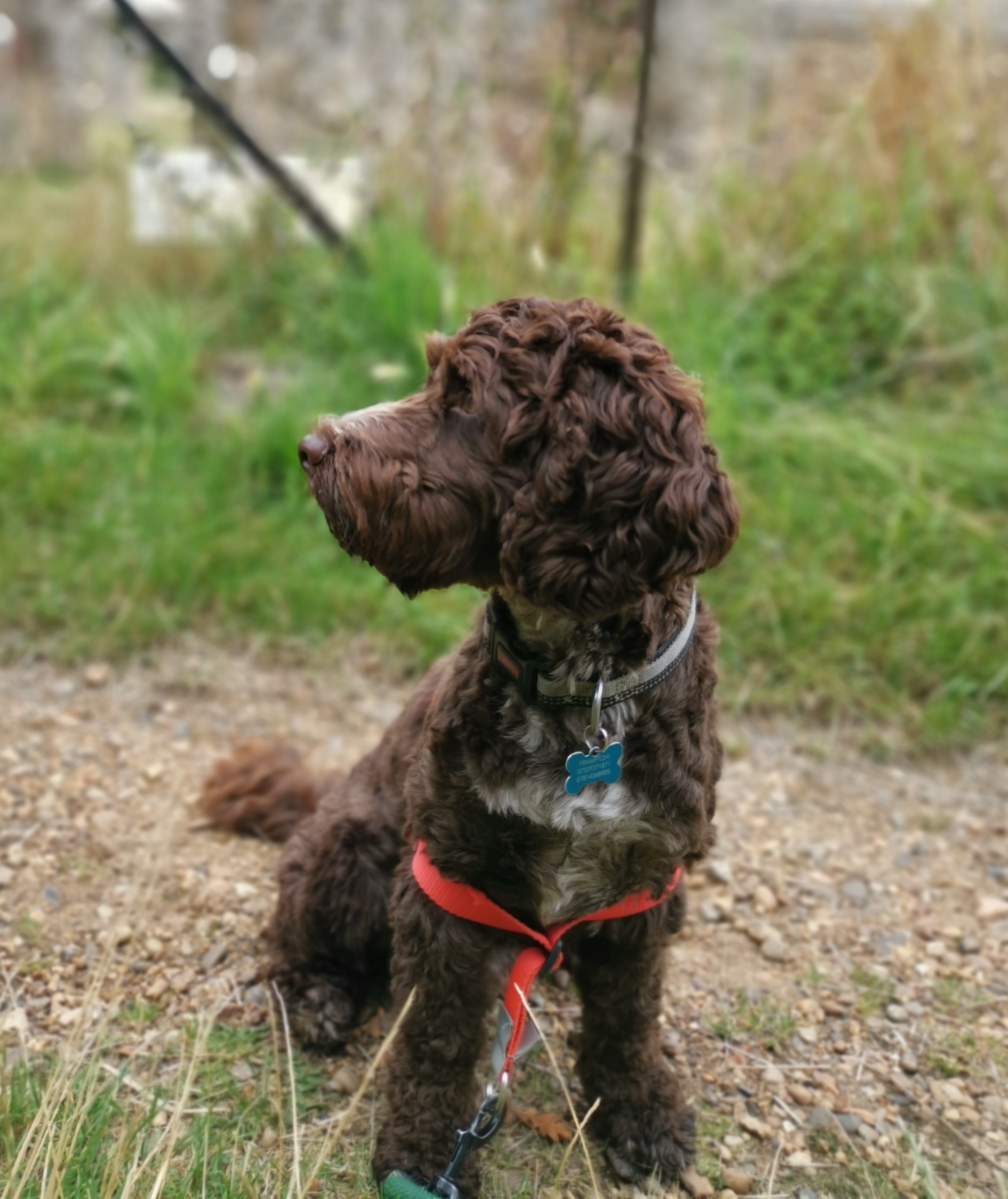Clicker training is a positive reinforcement dog training method that helps you to pin-point the exact behaviour that you want your dog to do. The timing of the click is essential and every click you do must be followed by a reward.
Dogs repeat behaviours that result in them getting what they want. That is why positive reinforcement dog training focuses on rewarding your dog for desired behaviours. If you reward your dog for giving you a paw, for example, your dog will be more likely to do so in the future.
But what role do clickers and markers play? You've probably heard of clicker training, also known as mark and reward training. Is it a pointless gimmick? Quite the contrary. A clicker (or marker) is a tool that can help with positive reinforcement training. A clicker becomes a conditioned reinforcer after being repeatedly associated with a treat or reward. Discover how clicker training can help you communicate with your dog more effectively during training sessions.
What is Clicker Training?
A clicker is nothing more than a small mechanical noisemaker. The techniques are based on animal learning science, which states that rewarded behaviours are more likely to be repeated in the future. Instead of focusing on what your dog is doing incorrectly and taking good behaviour for granted, clicker training flips the script and focuses on what your dog is doing correctly. You can have a huge impact on your dog's behaviour by telling him what to do instead of what not to do.
The clicker is useful because it tells your dog which behaviour you're rewarding. You can "mark" the moment your dog did what you wanted by clicking at the right time. Instead of guessing what you liked, the click tells your dog exactly what they did correctly. For example, if you're teaching your dog to sit, you'd click when his buttocks touched the ground.
What is the "Meaning" of the "Click"?
The clicker is simply a tool for precisely pin-pointing a moment. There is nothing magical about that particular noise, except that you almost certainly never make it around your dog outside of training. As a result, you can use anything as a marker as long as it differs from the other ways you communicate with your dog. You could, for example, snap your fingers, blow a whistle, or cluck your tongue. Many people will use a marker word such as "Yes" or "Good." You could use a light or gentle tap on the shoulder for a hearing-impaired dog.
Of course, the click or other marker is meaningless unless it is accompanied by a reward. The click merely indicates that a reward is on its way. Although edible treats are the most effective motivators for most dogs, a reward can be anything your dog values. So, if your dog would rather play tug-of-war than work for a piece of chicken, do so. The most important aspects are timing and consistency. The click must occur at the appropriate time, and each click must be followed by a reward.
How clicker training help?
A dog is rewarded after performing a desirable behaviour in positive reinforcement training. It may be obvious to the trainer what is being rewarded in the absence of a clicker or other marker, but is it obvious to the dog? For example, how do you make it clear that you are rewarding belly on the ground when teaching a dog to lie down? You must ensure that the reward is given while the dog is lying down, rather than when the dog gets up to get it. Otherwise, the dog may believe the reward is for standing up or approaching you. That's simple with food treats, but impossible with a game of fetch or tug.
What about dogs who jump up as soon as they touch the floor? You can't possibly deliver the reward quickly enough. What about more difficult behaviours, such as those performed at a distance? How do you reward your dog for jumping through a hoop at the exact moment they pass through it? That's where the click or other marker comes in handy. The click marks the moment you intend to reward and then bridges the time gap until the reward arrives. Your dog understands which action was correct.
But couldn't you just as easily use praise? You could, but it's not as obvious. You constantly use praise to communicate with your dog. In fact, it's a fantastic way to reward your dog. Furthermore, there is nothing about praise that is unique to the training situation, nor would you want it to be. Gushing over your dog is part of the fun of being a dog owner. Using a clicker or other training-specific marker eliminates confusion about the upcoming reward.
In addition to the benefit of clarity, clicker-trained dogs enjoy learning. They want to train and work hard in order to get a click. Mark and reward training turns teaching new behaviours into a game for your dog. It also relieves the trainer's workload. Looking for clickable moments requires you to concentrate on your dog's good decisions rather than dwell on mistakes. Clicker training, like any other form of positive reinforcement training, improves communication, strengthens your bond with your dog, and makes training more enjoyable.
How do you use clicker training?
To use a clicker or another type of marker, you must first teach the dog what the marker means. You pair your chosen marker with a reward, a process known as "loading the clicker." So, click, then treat right away. After about 10–20 repetitions, your dog will understand that the marker signals the arrival of a reward. You are now ready to put the clicker to use.
You can use your marker with lure-and-reward training, which involves using a reward to entice your dog to perform the desired behaviour. However, it can also be used to shape behaviours. Shaping is the process of gradually developing a complex behaviour. The clicker is also an excellent tool for capturing good behaviour. So, instead of begging at the table, click and reward your dog for lying quietly on a mat. If your dog has all four paws on the floor when the doorbell rings, click before your dog can jump on visitors. Last but not least, clicker training is an excellent method for teaching tricks.
When your dog has learned a new behaviour, you will no longer require the marker. After all, it's just a tool for teaching. However, whenever you want to lure, shape, or capture a behaviour, a clicker or other marker will help you communicate clearly with your dog, ensuring that the behaviour you want is the behaviour you get.










